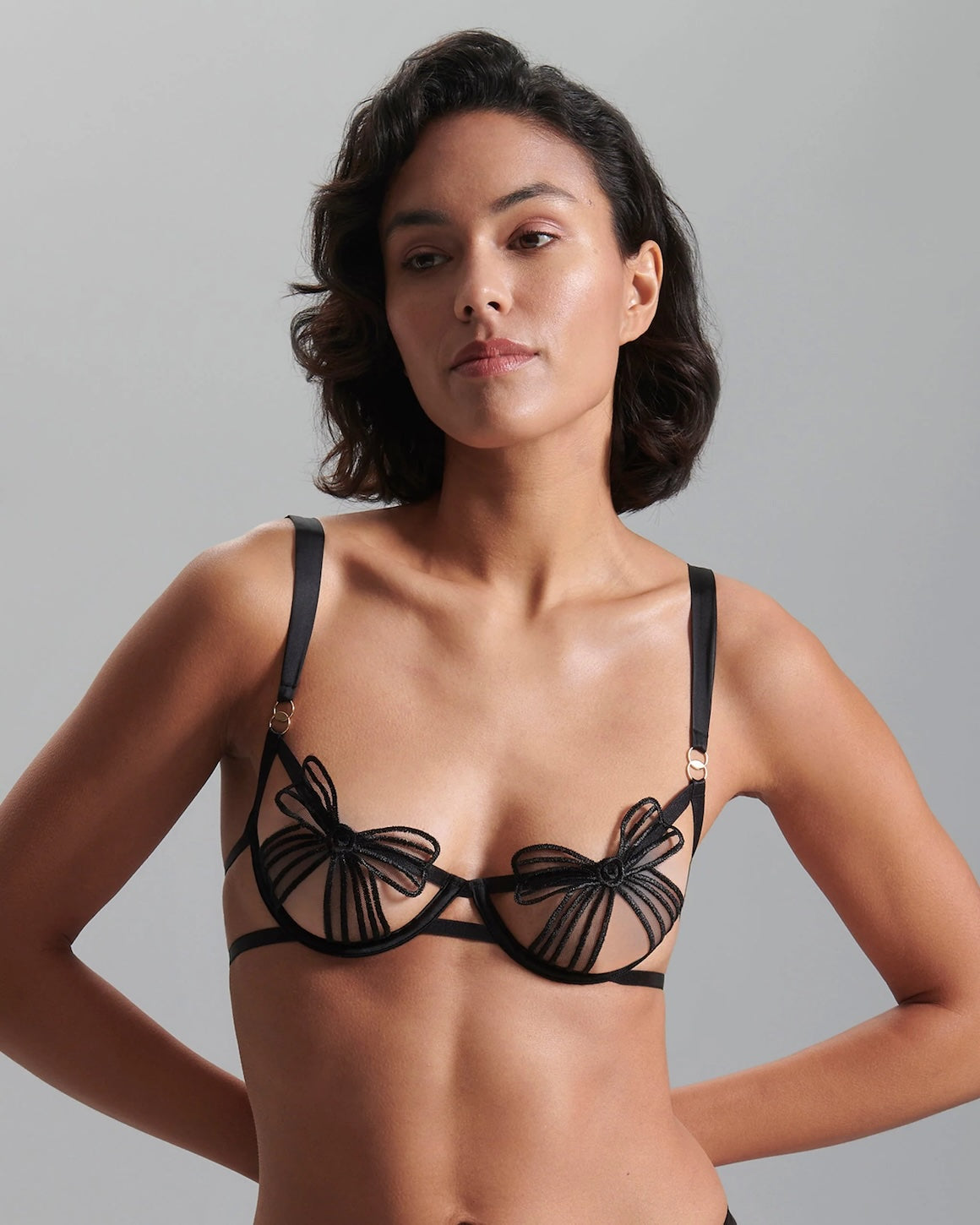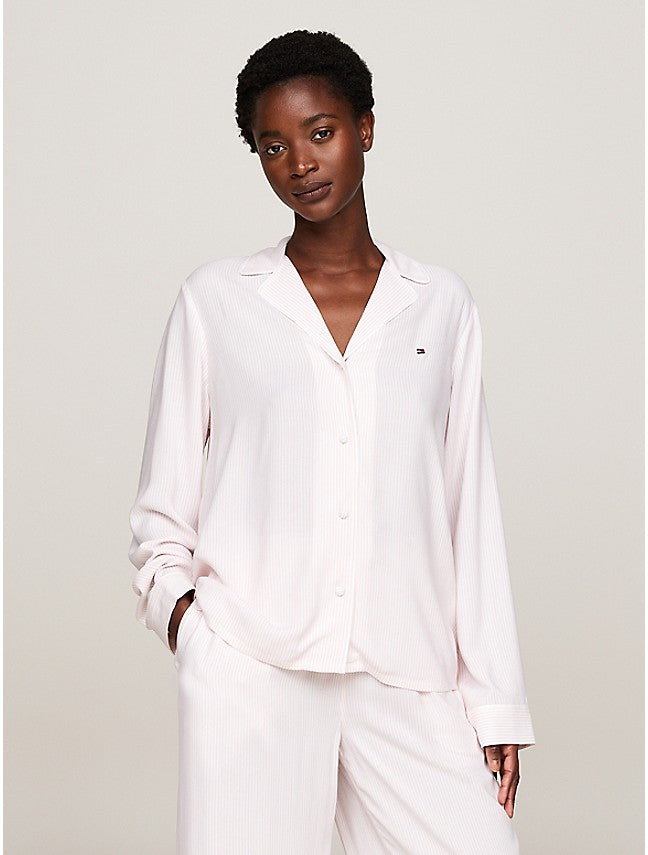Who Invented Underwear? A Deep Dive into Its Origins

Who invented Underwear?, as a fundamental element of human attire, has a rich and fascinating history that dates back thousands of years. While it’s difficult to credit a single individual with its invention, the evolution of undergarments reveals fascinating insights into cultural practices, technological advancements, and societal norms. Here’s an expert exploration of how underwear came to be.
Introduction to the History of Underwear
The history of underwear is a fascinating journey that stretches back thousands of years, reflecting the ever changing landscape of human society. From the earliest days, when simple loincloths provided basic protection and modesty, to the sleek boxer briefs and innovative designs we see today, underwear has always been more than just a hidden layer. It has mirrored societal norms, adapted to cultural shifts, and evolved alongside advancements in technology and textiles. As we trace the history of underwear, we see how each era brought new ideas and innovations, transforming undergarments from mere necessities into symbols of status, fashion, and personal identity. Whether it was the practical needs of ancient civilizations or the style statements of the modern age, underwear has played a crucial role in shaping how we dress and express ourselves.
The Earliest Forms and History of Underwear
The concept of underwear can be traced back to ancient civilizations, where rudimentary garments served functional and symbolic purposes.
-
Ancient Egypt (circa 3100 BCE): Egyptian men often worn loincloths, called shanty, made from linen, and some wore leather loincloths. These were wrapped around the waist and secured with belts, providing basic coverage and protection.
-
Ancient Greece and Rome (circa 1200 BCE – 400 CE):
-
Greek women used a fabric band, the strophion, as a primitive bra, an early form of women's underwear.
-
Roman men and women wore subligacula (loincloths) and subligaria (a feminine version), which were made from leather or linen. Both men and women would wear undergarments for hygiene and modesty. These garments were originally worn for practical and symbolic reasons. Undergarments were typically worn beneath other garments or outer garments, such as tunics and togas, highlighting the distinction between underclothing and other clothes.
-
Medieval Europe (5th–15th Century CE): During this period, male underwear evolved, with medieval men wearing the braies, baggy linen drawers, similar to early boxer shorts. Many women did not wear undergarments beneath their long gowns, but some did for modesty, using chemises as early women's underwear. The legacy of these early undergarments can be seen in what people wear today. Certain types of underwear were generally worn for specific purposes or by certain groups, such as for warmth or modesty. Undergarments were worn beneath other clothes, but in some cases, they could be seen as an outer garment. The transition to wear underwear became more common in later centuries, setting the stage for modern practices.
Underwear in Ancient Rome and Its Impact
In ancient Rome, underwear was an essential part of daily attire for both men and women. Roman men typically wore the subligacula, a simple loincloth that provided comfort and protection beneath their outer garments. Women wore the strophion, an early form of breast band that offered support much like the modern bra does today. These undergarments were crafted from materials such as linen, wool, or even silk, and were designed to be worn under tunics and other outer clothes. The Romans understood the importance of wearing underwear not just for modesty, but also for hygiene and comfort, helping to prevent irritation from heavier outer garments. The influence of ancient Rome can still be seen in the way we layer our clothing, with the concept of a dedicated under layer remaining a fundamental aspect of fashion. The evolution from the Roman strophion to the modern bra, and the continued practice of wearing underwear beneath our outer clothes, highlight the lasting legacy of Roman innovation in the world of undergarments.
The Middle Ages and Men’s Underpants
The Middle Ages marked a significant shift in men’s underwear, moving away from the simple loincloths of earlier times to more structured garments. During this period, men began wearing braies, loose fitting pants made from linen or cotton, tied at the waist with a cord or belt. This new style of underwear offered greater comfort and coverage, reflecting changing attitudes toward modesty and practicality. The Middle Ages also introduced the codpiece, a distinctive and often decorative covering for the genital area, which became a symbol of masculinity and social status. These developments in underwear design not only provided functional benefits but also reflected the evolving cultural values of the time, setting the stage for further innovations in men’s undergarments.
The Industrial Revolution and Mass Production
The Industrial Revolution brought about a dramatic transformation in the history of underwear, thanks to the advent of mass production and new textile technologies. With the invention of the sewing machine and the widespread use of cotton and synthetic fibers, underwear became more affordable and accessible to people from all walks of life. This era saw the introduction of the union suit a one piece garment that covered the body from neck to ankles, offering warmth and convenience for both men and women. The development of more flexible elastic waistbands revolutionized comfort and fit, making underwear easier to wear and more adaptable to different body shapes. Mass production not only increased the availability of underwear but also paved the way for a wider variety of styles and designs, laying the foundation for the modern underwear industry we know today.
The Invention of Modern Underwear
A brief history of underwear reveals its evolution from ancient loincloths to the complex garments we wear today. Underwear was invented in various forms across different cultures, with early examples including simple loincloths and wraps.
The journey toward modern underwear began during the Renaissance (14th–17th Century), evolving further through the Industrial Revolution and into contemporary times.
-
Corsets and Chemises (16th–18th Century):
Women’s undergarments became more structured with the rise of corsets. These garments emphasized an hourglass figure and were often paired with chemises to protect the skin. Constricting corsets and the use of tight lacing were common, as both men and women used these techniques to achieve exaggerated body shapes, with women focusing on a narrow waist and uplifted bust. The introduction of uplift bras allowed women to wear uplift bras for additional support and to create a desired silhouette. The invention of the modern bra, famously crafted from two handkerchiefs, marked a significant innovation in undergarment design. -
The Advent of Drawers (19th Century):
-
In the early 1800s, women began wearing drawers, loose fitting pants worn beneath dresses for added modesty.
-
Men’s underwear also modernized with long johns, introduced during the Victorian era for warmth and comfort.
-
The early 20th century saw the emergence of tap pants and the liberty bodice as innovative women’s undergarments, offering both comfort and support.
-
Union suits became a popular one-piece undergarment for both men and women during this era.
-
The introduction of modern cup sizes in bras allowed for better fit and support, reflecting advancements in women’s lingerie.
-
Body shaping undergarments were developed, helping women mold and enhance their figures for both comfort and aesthetic appeal.
-
World war events, particularly World War I, influenced underwear materials and design, as metal shortages led to changes in corset construction.
-
The use of cotton fabrics became widespread, contributing to the comfort and practicality of underwear.
-
The Birth of the Briefs (20th Century):
-
In 1913, the brassiere was patented by Mary Phelps Jacob, marking a pivotal moment in women’s underwear history.
-
The jockey brief, introduced in 1935 by Coopers Inc., revolutionized men’s underwear with its snug, supportive design. Jockey briefs were inspired by the style of young men in swimsuit bottoms, and their popularity quickly spread.
-
The invention of boxer shorts provided a key milestone in men’s underwear, offering a looser, more comfortable alternative.
-
The modern undershirt was also introduced, adding another layer of comfort and practicality to men’s undergarments.
-
The 1930s saw the invention of modern men's underwear by Arthur Kneibler, which set the standard for contemporary styles.
-
The evolution of men's underwear and men's underpants, including the transition from the term 'knicker' to more modern terminology, reflects changing fashion and cultural trends.
-
New styles, such as briefs and boxer shorts, gained popularity over time, becoming staples in men's fashion.
These innovations have shaped underwear to the present day, with modern designs and materials reflecting centuries of cultural, technological, and fashion evolution.
Key Innovators in Underwear History
-
Caresse Crosby (Mary Phelps Jacob): Credited with inventing the first modern bra, Jacob used silk ribbons and handkerchiefs to create a comfortable alternative to corsets. During the 1940s, cultural icons and cartoon characters, such as pin-up girls, played a significant role in shaping public perception and acceptance of women’s lingerie, further popularizing innovations like Crosby’s bra.
-
John L. Sullivan and Jockey International: Sullivan, a boxer, popularized the concept of supportive men’s underwear, leading to the development of athletic briefs by Jockey International.
-
Rudolf and Adolf Dassler: Founders of Adidas and Puma, they contributed to the rise of functional sportswear, influencing the design of modern undergarments.
Underwear and Fashion
Underwear has always been closely linked to fashion trends, evolving in style and function to meet the changing tastes of society. The 1920s saw the rise of tightly fitting underwear, which allowed for more streamlined and form fitting outerwear. The introduction of the modern bra in the early 20th century was a game changer for women’s fashion, enabling women to wear more tailored and comfortable clothing. Boxer briefs, which combine the support of briefs with the coverage of boxers, have become a staple in modern men’s underwear, reflecting a shift toward both style and practicality. Advances in materials and design have led to an explosion of different styles, from athletic and seamless options to decorative and luxurious pieces. Today, underwear is not just a hidden necessity, it’s a fashion statement in its own right, with designers and brands constantly pushing the boundaries of comfort, innovation, and style. The history of underwear is a testament to the ongoing interplay between function and fashion, and its influence continues to shape the way we dress and express ourselves.
Cultural Significance of Underwear
Underwear’s evolution reflects societal changes:
-
Utility to Fashion: Once purely functional, underwear became a fashion statement in the 20th century, with brands like Calvin Klein turning briefs and bras into iconic items. Department stores and stores advertising, often featuring near naked models, played a key role in popularizing underwear brands and increasing their mainstream exposure. Certain styles, such as thongs from South America, gained popularity in mainstream culture and influenced global fashion trends. The versatility of t shirts as both undergarments and outerwear highlights the blurred lines between underwear and other garments. Layering underwear with other garments, outer layers, and outer garments has been a common practice throughout history, serving both functional and stylistic purposes.
-
Gender Dynamics: Innovations like the bra redefined femininity, while the rise of boxer briefs merged masculinity with style and comfort. The impact of undergarments on women's health has been significant, with historical garments like corsets and hoop skirts affecting physical well being. Body shaping undergarments have evolved to help many women mold and enhance their figures for both comfort and aesthetic appeal.
In the present day, underwear today reflects modern fashion and social values, emphasizing inclusivity, sustainability, and self expression. Many women wear today a variety of styles for both comfort and fashion, showcasing the diversity and evolution of undergarments in contemporary society.
The Future of Underwear
Underwear today is designed for both comfort and sustainability, reflecting a shift toward fashion forward, inclusive, and eco-friendly choices.
Modern underwear incorporates advancements in fabric technology and sustainability:
-
Moisture wicking materials for active lifestyles.
-
Seamless designs for invisibility under clothes.
-
Eco-friendly fabrics like bamboo, organic cotton, and cotton fabrics to reduce environmental impact.
-
Future innovations in body shaping underwear are focusing on enhanced comfort and figure enhancement.
-
Ongoing advancements in modern cup sizes are providing better fit and support for a diverse range of body types.
-
Development of the modern undershirt has led to new designs that offer both support and versatility.
-
T shirts are increasingly recognized for their versatility as both undergarments and outerwear.
-
Integration with other garments, outer layers, and outer garments is shaping future fashion trends, allowing underwear to blend seamlessly with layered outfits.
While the precise origin of underwear remains obscured by time, its journey from ancient loincloths to today’s innovative designs underscores its significance in human history. Underwear is more than just a garment, it’s a reflection of culture, technology, and the pursuit of comfort.
In the present day, people wear today a wide variety of underwear styles, embracing both tradition and innovation.
Which era of underwear history fascinates you the most? Let us know in the comments below!
Check out our homepage Olivia Paisley


